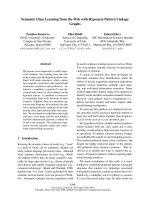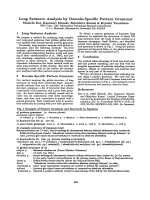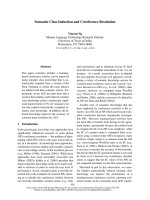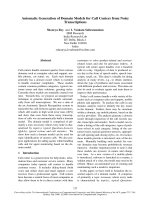inducing domain specific semantic class taggers from almost nothing

Báo cáo khoa học: "Weakly-Supervised Acquisition of Open-Domain Classes and Class Attributes from Web Documents and Query Logs" pot
- 9
- 447
- 0
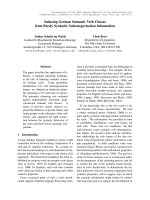
Tài liệu Báo cáo khoa học: "Inducing German Semantic Verb Classes from Purely Syntactic Subcategorisation Information" pdf
- 8
- 359
- 0
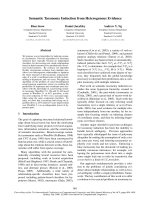
Tài liệu Báo cáo khoa học: "Semantic Taxonomy Induction from Heterogenous Evidence" doc
- 8
- 410
- 0
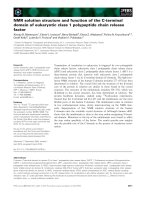
Báo cáo khoa học: NMR solution structure and function of the C-terminal domain of eukaryotic class 1 polypeptide chain release factor pdf
- 17
- 490
- 0
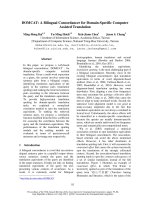
Báo cáo khoa học: "A Bilingual Concordancer for Domain-Specific Computer Assisted Translation" potx
- 6
- 371
- 0
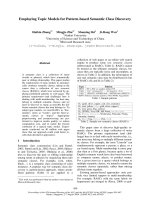
Báo cáo khoa học: "Employing Topic Models for Pattern-based Semantic Class Discovery" doc
- 9
- 398
- 0
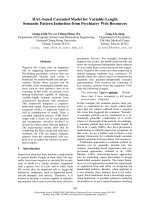
Báo cáo khoa học: "HAL-based Cascaded Model for Variable-Length Semantic Pattern Induction from Psychiatry Web Resources" pdf
- 8
- 376
- 0
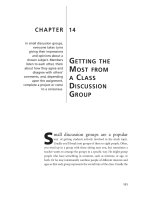
Getting the Most from a Class Discussion Group
- 6
- 503
- 0
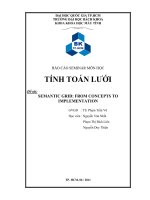
BÁO CÁO SEMINAR MÔN HỌC TÍNH TOÁN LƯỚI Đề tài: SEMANTIC GRID: FROM CONCEPTS TO IMPLEMENTATION
- 32
- 614
- 0

